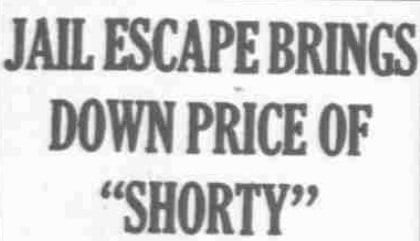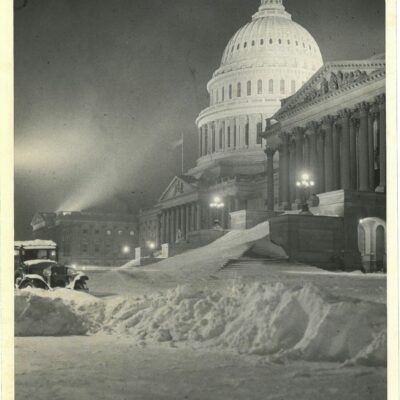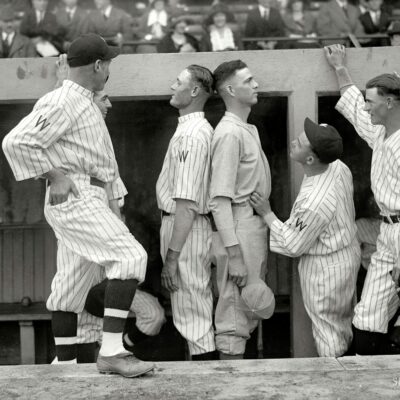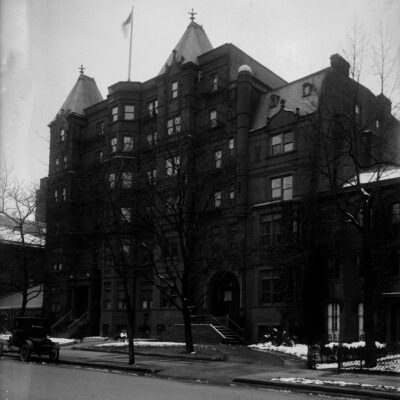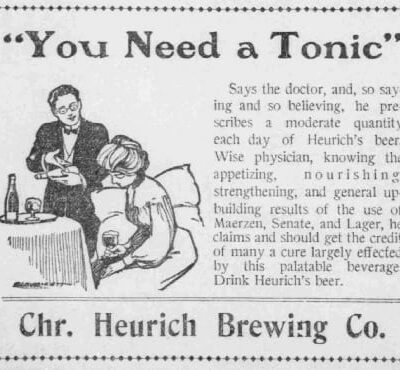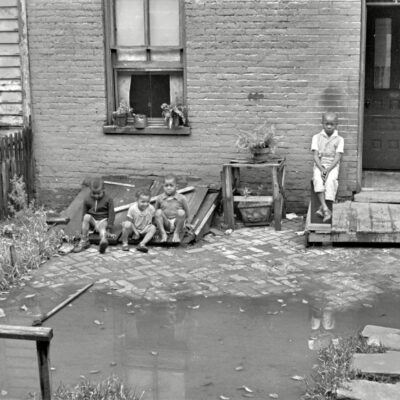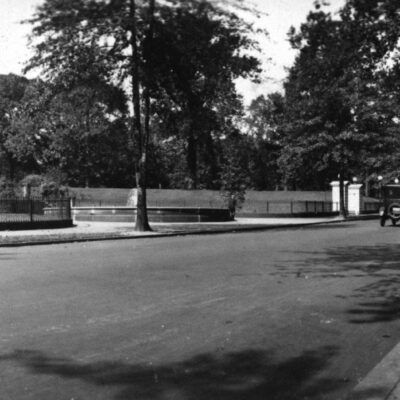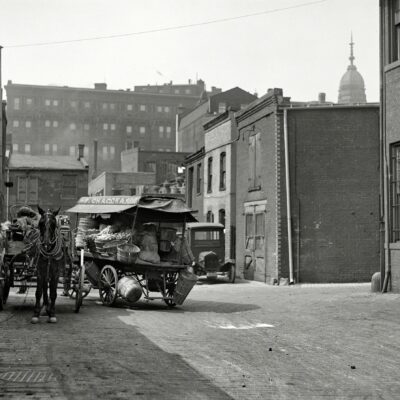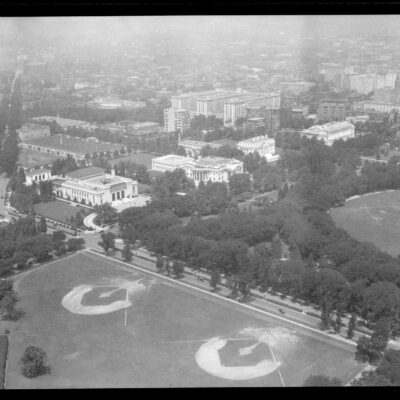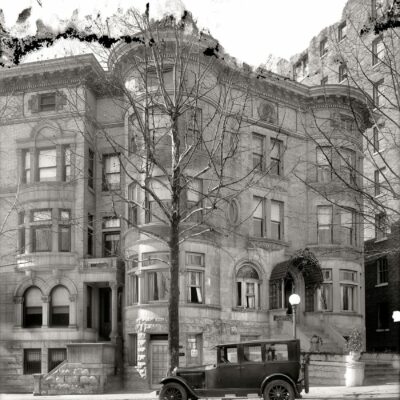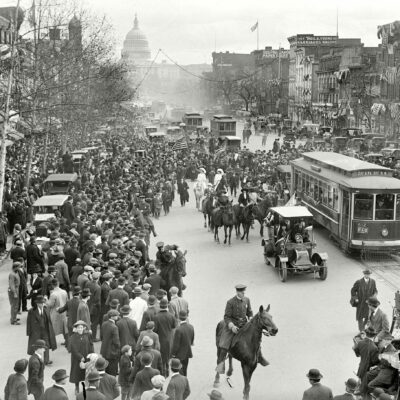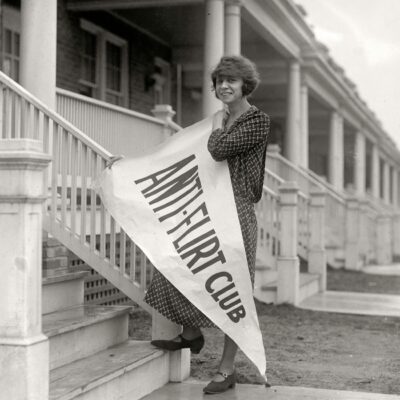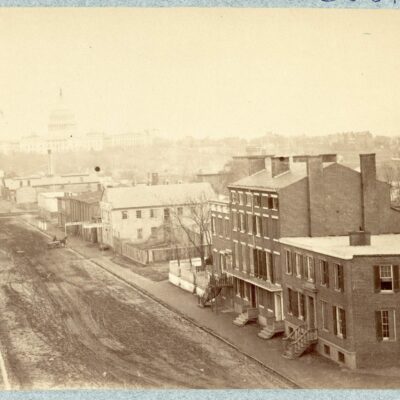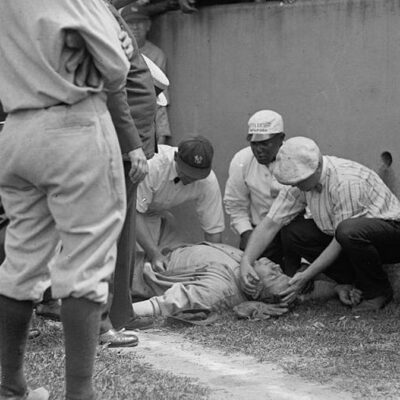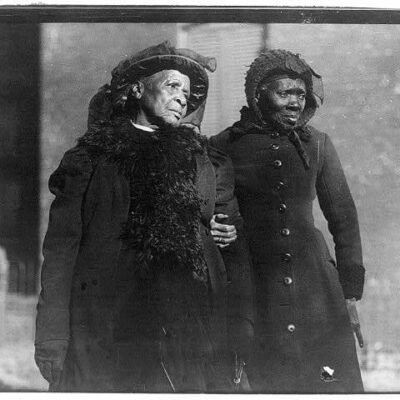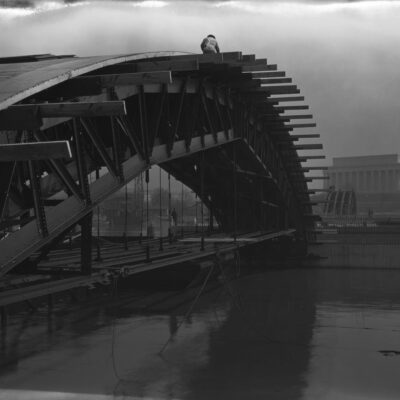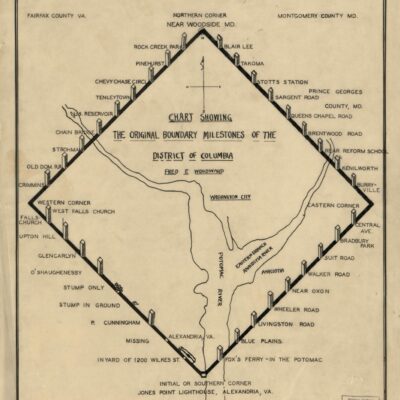A brief article tells the tale of the last execution by hanging in the District. Copeland was a cop killer and had murdered three policemen in cold blood in May 1918. He shot and killed Officer Conrad and Deputy Sheriff McParlin and then engaged in a shootout near his relatives home in Southwest. There, he mortally wounded Lt. Dunigan.
He was sent to jail, but was able to escape with the help of an unknown accomplice on the inside, exiting on crutches (due to his wound), hopping in a cab and disappearing from the city.
Years later, he was captured in Akron, Ohio and returned to Washington to stand trial. The verdict was guilty and he was sentenced to death.
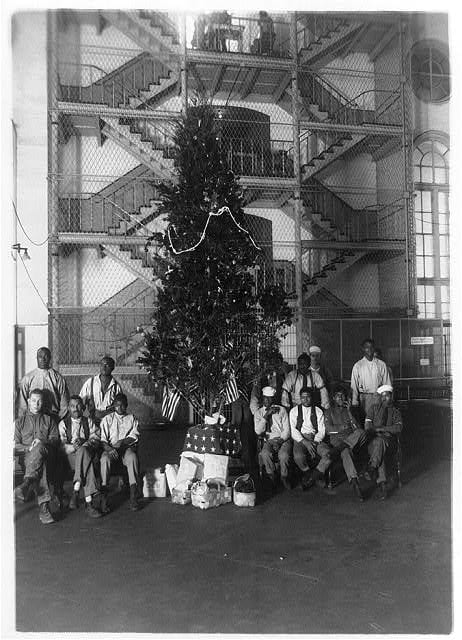
On Thursday, January 22nd, 1925, Herbert Copeland was escorted up to the gallows, a noose placed around his neck and the trap door opened, plunging the murderer to a ghastly death. He was the last person put to death by hanging in the District.
Herbert Copeland, one of the most coldly desperate killers in the District, was hanged yesterday at the District jail.
Copeland went to his end on the gallows grinning a wide, nervous grin, but with no hesitancy. He was hanged just a few months short of six years after he murdered two policemen and a deputy sheriff of Maryland in May, 1918. The killer died in the presence of 400 persons. Policeman Groves, of the traffic bureau, fainted in the rotunda while Copeland was walking to the gallows.
Neither Copeland’s wife nor child, nor any of his relatives came to visit him Wednesday, nor did they witness his end. His wife did not visit him after he was placed in the death cell corridor.
Copeland left behind him a confession that his escape from the District jail a few months after his arrest had been aided by jail attendants who wished to ruin L. F. Zinkham, at that time superintendent of the jail, and who was subsequently removed.
Money was paid by friends to the attendants, Copeland told Maj. W. L. Peake, superintendent of the jail, Wednesday night, and the guards opened his cell door and carried him, still weak from the pistol wounds of his battle to prevent capture by the police, to a waiting taxicab. They took him to a hiding place and returned to the jail in the taxicab, Copeland told Maj. Peake.
He refused to name the guards who assisted him or where he had been hidden while waiting to get out of the city. He did not know of the sawed cell and window bars through which he was supposed to have escaped until told of them when recaptured and brought back to be tried.
Copeland’s escape caused a sensation at the time. He had killed Policeman John A. Conrad and Deputy Sheriff L. H. McParlan, of Indian Head, Md., who attempted to serve him with a summons as a witness in a larceny case against another. Copeland feared police discovery of his past murders in Texas and other Southern States, but of which the police knew nothing, and killed the two as they stood at his door.
Discovered a few hours later in the home or relatives, he shot and killed Police Lieutenant David L. Dunigan at 1400 Carrollburg [sic] place southwest. there he was shot five times and captured. His recovery and escape followed.
…
Copeland said nothing else as he approached the noose, except, “Please take off my shoes” as he stood on the trap. One guard removed them while others strapped his feet and legs, adjusted the cap and noose and the trap was sprung, just one minute and 17 seconds from the time Copeland began his death march. The trap was sprung at 10:06. His neck was broken. He hung motionless for a few seconds and then his body twitched. He was pronounced dead officially at 10:16.
Prior to his hanging he confessed to a total of 12 murders, which were previously unsolved. And with his lifeless body hanging from the gallows ended the practice of execution by hanging. Congress had passed a law providing for execution via the electric chair, and all subsequent executions would be performed that way.
On a related note … I found the following article in the Washington Times from April 30th, 1919. This was shortly after Copeland had escaped from jail.
‘Tis a wicked wind indeed that doesn’t blow good to somebody.
Reports to the police today showed a decrease in the price of bootleg liquor, following the escape of Herbert Copeland from the District jail.
The reason: Every available policeman in the eastern section was assigned to help hunt down Copeland after his escape last Saturday. The hunt is still on.
The bootleggers flashed word to their Baltimore confederates of this shifting police activity.
Hus while sleuths were hot on the trail of Copeland, liquor came into Washington over unguarded roads, and so great was the income thereof that prices to the consumer took a tumble.
On the basis of recent importations, Washington will be overstocked if a wholesale jail delivery occurs.
